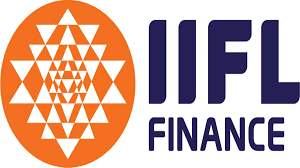IIFL Home Finance is looking to tap more into the tier-II and smaller cities for growth after receiving $100 million in debt funding from International Finance Corp (IFC) on Monday, CEO and ED Monu Ratra told FE in an interaction.
“For the last 2 years we have been expanding our footprint and today we are present in about 350 plus locations. And these are majorly tier-II, tier-III locations only,” he said, adding that the mortgage lender would look to add another 15-20 branches going ahead.
Out of the total proceeds received from IFC, 50% of funds will be deployed for sustainable green self-construction projects, he said. The remaining 50% of the funds would be used for granting affordable housing loans to woman borrowers.
As of March end, IIFL Home Finance’s total assets under management (AUM) stood at Rs 28,500 crore, of which home loans share was formed 76%, and secured small and medium enterprises loans accounted for the rest. About 95% of the mortgage lender’s home loan book was towards the affordable housing segment, Ratra said. During FY24, IIFL Home Finance will grow its AUM by 18-20% and on an AUM level target a gross bad loan ratio of below 1.5% as against 1.71% as of March end.
IIFL Home Finance, had in July, raised $50 million from US-based International Development Finance Corp (IDFC). Ratra says these fresh funds would be used to grow the HFC’s affordable home loan portfolio.
Further, the Reserve Bank of India (RBI) had issued a new circular last week directing lenders that while resetting interest rates of personal loan customers, they shall provide the option to the borrowers to switch over to a fixed rate from a floating rate benchmark, as per their board approved policy. The policy may also specify the number of times a borrower will be allowed to switch during the tenor of the loan, it said.
When asked about the impact of the same, Ratra said the circular was more towards ensuring greater transparency. At the same time, fixed rate loans could become more expensive than floating rate loans if lenders have to provide even home loans at a fixed rate, he said.
“They (RBI) are saying you should offer fixed rates basis the board approved policy. So whatever those will command, we can also offer, but they will be more expensive than the floating rate loans. Ultimately rates undergo cycles,” he said.
